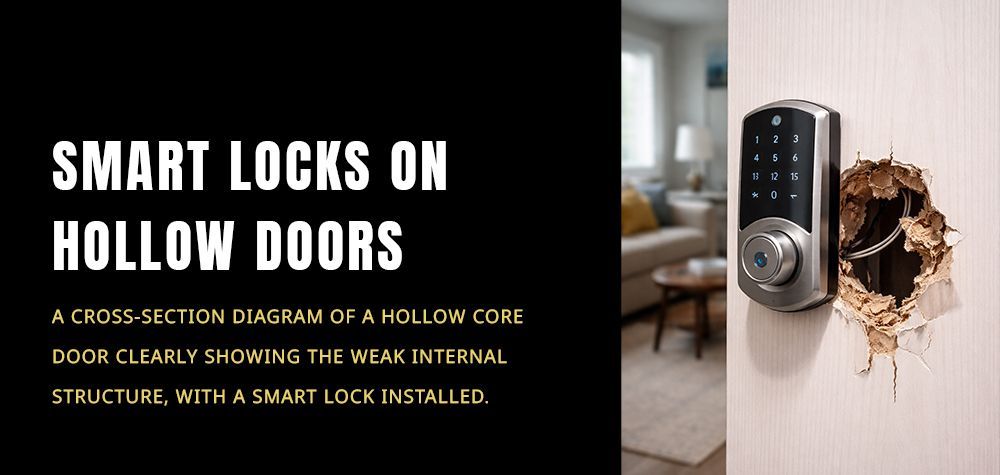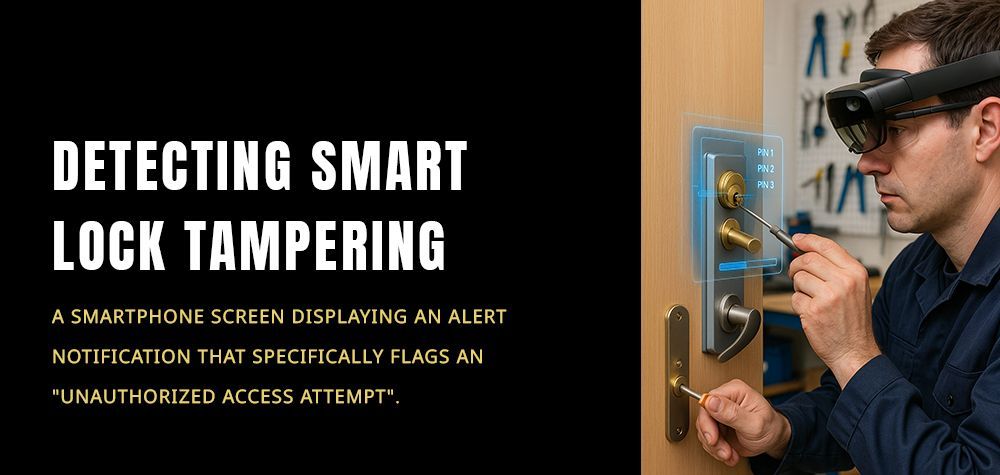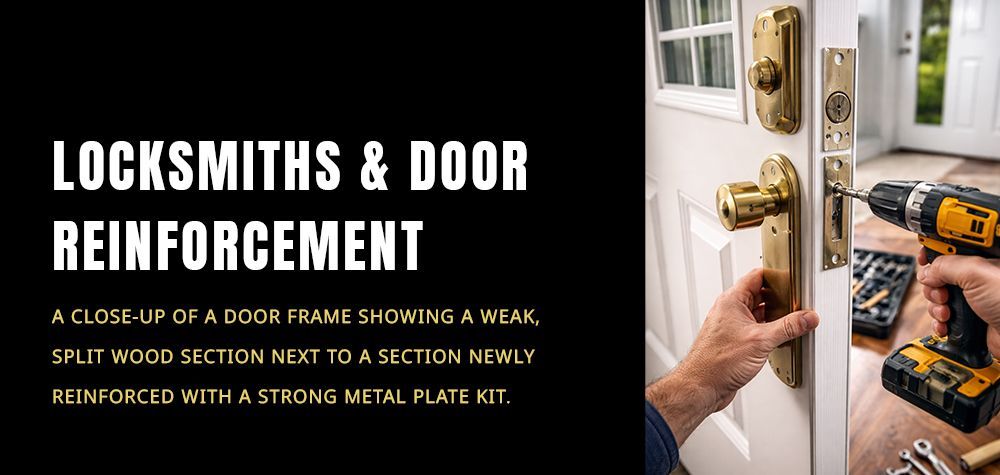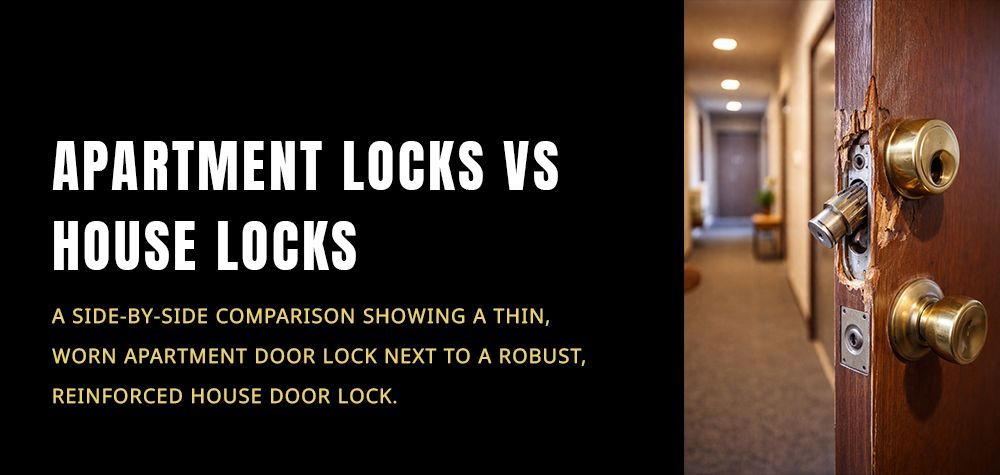5 Reasons Why Your Car Key Isn’t Working
Isn’t it frustrating when you’re about to head to work or take your kids to school and suddenly your car key isn’t functioning? Everyone can agree that car keys are a crucial part of operating a car and if they’re not working it can put our whole day on hold. If your car key isn’t working it’s critical to figure out the cause, so you can come up with a reasonable solution. Keep in mind, that if you are uncertain how to handle a situation, it’s advised to contact a locksmith instead of taking the risk of causing further damage to your car. At Brothers Locksmith, we understand how stressful it is when your car key won’t work, so we’ve provided five reasons why we think your car keys may not be working.
Your Key is Damaged
Your car key may not be functioning because your car key could be damaged! Your key doesn’t have to be broken in order to be damaged. A lot of people don’t realize that car keys can become damaged and worn through everyday use. When you constantly use your car keys, the grooves can be morphed causing the key to no longer work.
Your Lock is Damaged
Keys aren’t the only things that can be damaged. If your key isn’t impaired, there’s a chance that the locks. If you’re driving a newer car, it’s likely that you have a key fob, and don’t have to worry about this issue. However, this can be a common problem for older models due to exterior forces or environmental changes. There could be many reasons why your car lock is not working correctly. It may not be effectively operating because of wear and tear, dirty locks, a recent accident, or a car break-in. The best solution is to call a locksmith—you may need a car lock replacement.
Malfunctioning Ignition Cylinder
Your car key isn’t just responsible for opening your car doors and trunk, but it also can start your car. In some cases, you may not be having issues opening your car doors, instead you’re having issues turning on your car due to a malfunctioning ignition cylinder. This can be caused by an accident, or theft, or can simply happen over time. The ignition may need to be fixed or replaced with a new cylinder. An automotive locksmith has the ability to diagnose and resolve your ignition issues by repairing or replacing faulty ignition switches.
Drained Key Fob Batteries
If you notice that when you are clicking buttons on your key fob, your car is not being responsive, it is likely that your batteries are dead. This frequent problem has a relatively straightforward solution. Batteries tend to run out after a certain period of time and all you need to do is replace them!
The Key Wasn’t Programmed Properly
Regular keys certainly won’t have a programming issue, however car key fobs often do. Newer cars usually use transponder keys, or sometimes known as chip keys. A transponder key has a chip implanted in it that communicates with your vehicle, and until the vehicle receives the right message from the transponder, the car will not start. It’s possible that your transponder key has not programmed correctly. An automotive locksmith can diagnose the problem and fix it.
What Should You Do When Your Car Keys Aren’t Working?
When your car keys aren’t working and you’re not sure what the issue is and how to fix it, we recommend that you immediately call Brothers Locksmith. If you’re in a rush to be someplace, you don’t want to be even later than you already are. Instead of wasting even more time trying to diagnose the issue and come up with a solution by yourself, contact us and we’ll gladly come to you quickly. At Brothers Locksmith, we provide automotive services, as well as many others. We serve all five boroughs of NYC and the surrounding areas!
Call Us Any Time!






